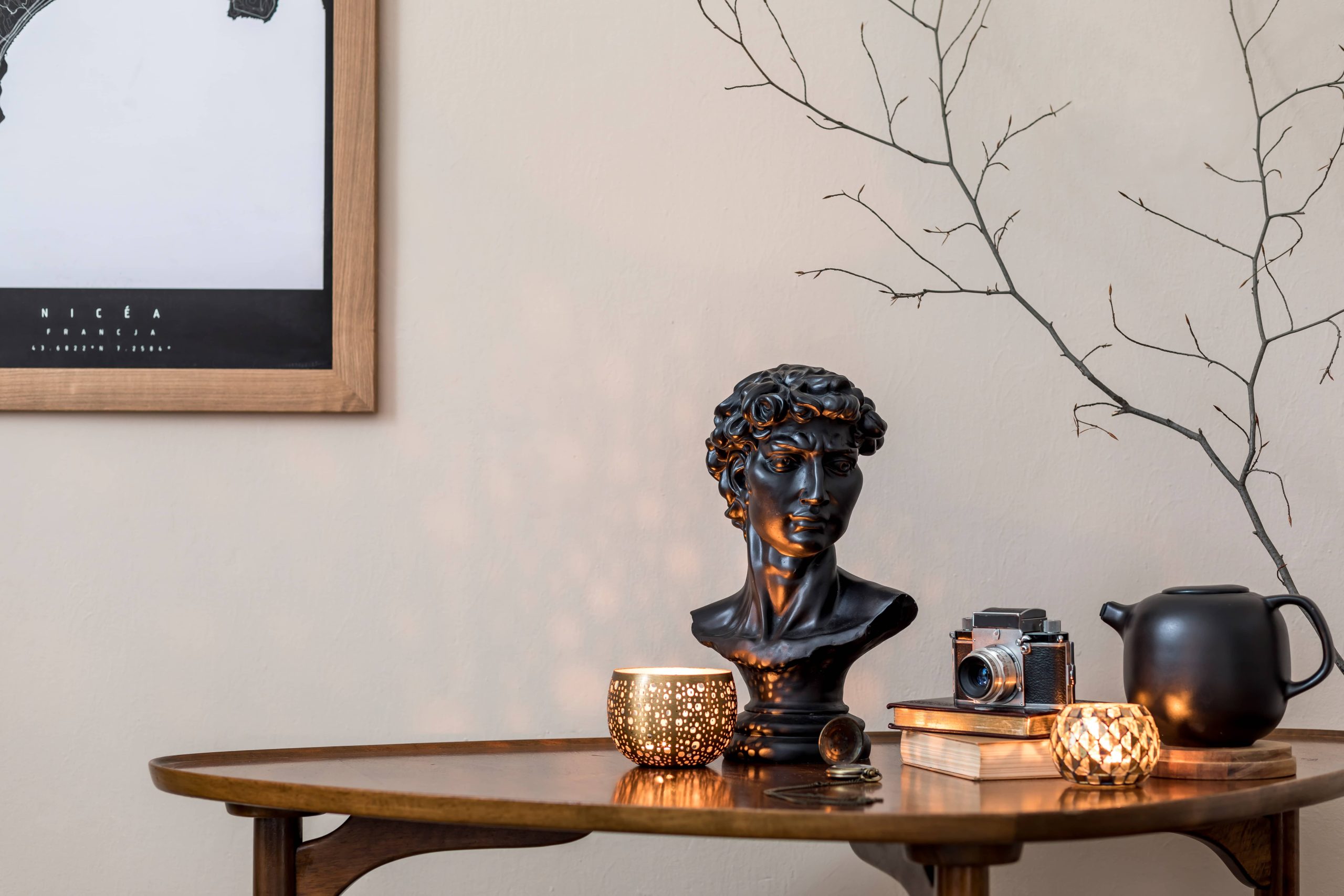
When it comes to interior design, one often overlooked element is the humble bookshelf. While its primary function is storage, a well-styled bookshelf can add character, texture, and visual appeal to any room. Whether you’re a bibliophile owning hundreds of books or someone who appreciates a minimalist aesthetic, learning how to style your shelves can transform a mundane display into a captivating focal point.
Understanding Your Space
Before you begin to arrange your bookshelf, consider the space it inhabits. Is it a standalone bookshelf or part of a built-in unit? Is it in your living room, bedroom, or study? The location and type of your bookshelf can dictate the style choices you make. For instance, a bookshelf in a living room might have more decorative elements to blend with the room’s aesthetic, while a study might lean more heavily on traditional book arrangements.
The Essence of Balance
One of the fundamental principles of styling is balance. Strive for a harmonious blend of height, color, and texture. Avoid overcrowding your shelves to allow each item room to breathe. Too much clutter can make a shelf appear chaotic and untidy. Conversely, an excessively sparse shelf can look empty and uninspired.
Start by arranging your books in different orientations—vertically and horizontally. This variation breaks the monotony and introduces visual interest. Use the vertically stacked books as bookends for the horizontally stacked ones, which also serve as platforms for placing decorative items.
Color Coordination
While it’s not always possible to have a uniform color palette on your shelves, attempting some level of coordination can create a more cohesive look. Organize books by the color of their spines to form a gradient or rainbow effect. This method maximizes visual impact and shows off your collection in a fun, playful manner.
If you prefer a more unified palette, try covering your books with vellum paper in neutral colors. This approach softens the overall appearance, giving your bookshelf an elegant and sophisticated vibe.
Curate Your Collection
Before arranging, curate your collection of books and decorations. Select items that reflect your style and the ambiance you wish to create. You could include vintage books for a classic feel, art books for an artistic flair, or novels with beautiful covers for a pop of color.
If you have a collection of rare books, consider dedicating a specific section or shelf to them. Showcasing these treasures not only emphasizes their importance but also provides a talking point for guests.
Layering and Composition
Creating depth is essential to achieving a dynamic presentation. Layer different elements—such as books, photo frames, and decorative objects—by placing taller items at the back and shorter items in front. This arrangement draws the eye in and makes the shelf appear more three-dimensional.
Think about composition in terms of shapes and materials. Circular objects or flowing lines can contrast nicely against the linear form of your bookshelf and books. Incorporate a mix of materials—like wood, metal, glass, or ceramics—to add texture and intrigue.
Inclusion of Decorative Accents
While books are the stars of the show, decorative accents play a vital supporting role. Choose objects that resonate with you or represent your experiences, such as souvenirs from travels, family heirlooms, or pieces of art. These personal touches infuse your bookshelf with personality and make it unique.
Incorporate green elements like small potted plants or succulents to breathe life and freshness into the space. Plants not only soften the hard edges of books and frames but also introduce an element of nature indoors, promoting a sense of tranquility and well-being.
Light and Reflection
Proper lighting can elevate the look of your bookshelf immensely. If possible, position your shelves near natural light sources—keeping in mind that sunlight can cause books and materials to fade over time. For built-in shelves, consider installing small LED spotlights or strip lights to highlight specific sections. This not only enhances visibility but also adds drama and focus to particular areas of your shelving.
Mirrors and metallic accents can help reflect light and create a sense of spaciousness. Incorporate these elements wisely to add a touch of glamor and sophistication without overwhelming the space.
Regular Rotation
To keep your bookshelf looking fresh and interesting, develop the habit of rotating items seasonally or whenever the mood strikes. Changing the display gives new life to the books and objects you love. It’s a chance to feature different parts of your collection while keeping your space feeling updated and dynamic.
Final Touches
Once you have styled your shelves, step back and evaluate the overall look. Does each section of the shelf flow into the next? Is there a balance of highs and lows, colors, and textures? Tweak and adjust until you feel satisfied with the visual harmony created.
Conclusion
Styling bookshelves for visual appeal is an art form that reflects your personality and enhances the aesthetic of your home. By focusing on balance, color coordination, layering, and personal touches, you can transform an ordinary bookshelf into a stunning centerpiece. Whether you’re showcasing cherished novels, family photos, or travel memorabilia, your shelves can become a beautifully curated storybook of your life and tastes. So, take your time, experiment with different arrangements, and let your creativity shine!







